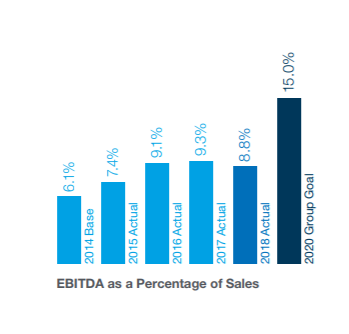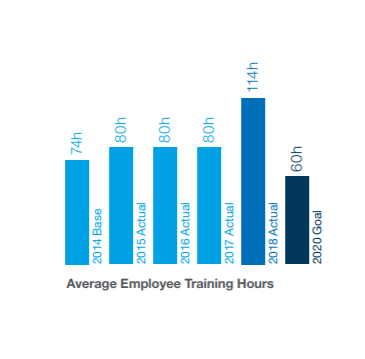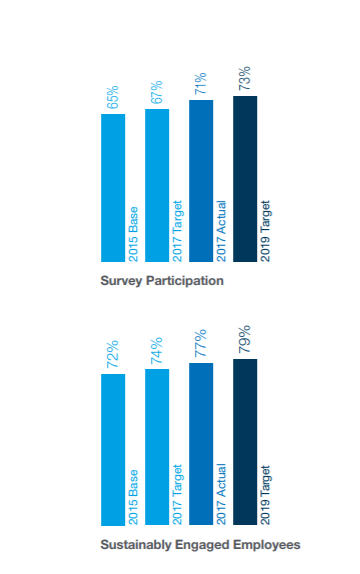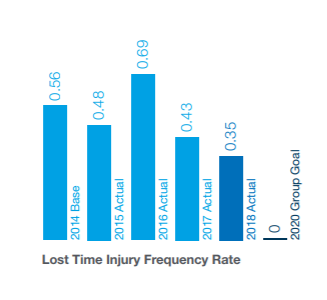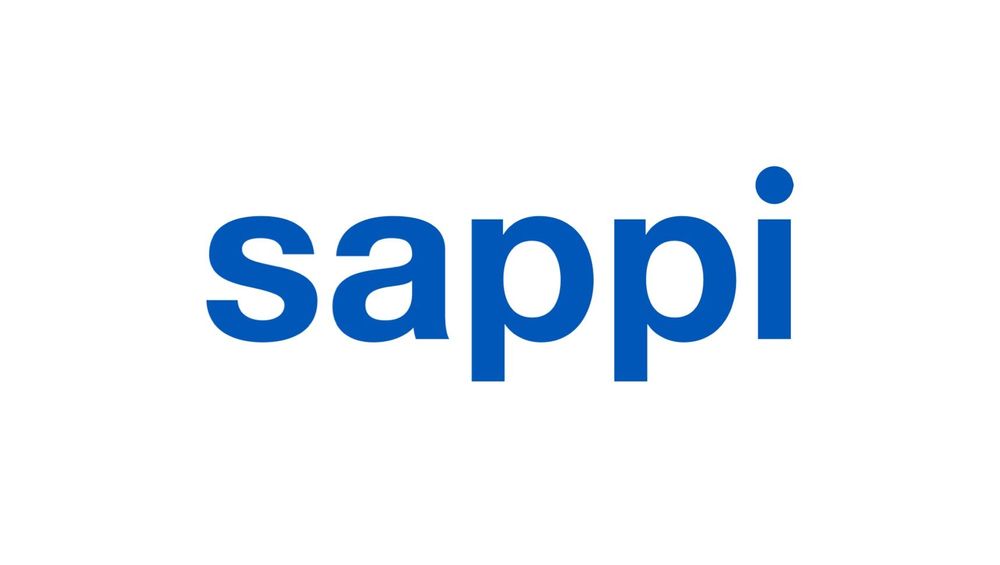Making People Central to a Sustainability Strategy
Sappi puts its people front and center to achieve goals
At Sappi North America (SNA), we keep sustainability at the forefront of our operations. Together with the 2020Vision— Sappi’s global growth strategy—we use our sustainability goals program to set targets, initiate improvement actions, and monitor our commitment to progress. Our goals are reflective of the desires of our employees, customers, and investors.
Contribute to 15 percent group EBITDA margin target
Earnings before interest, taxes, depreciation and amortization (EBITDA) is a standard measure of profitability and financial performance. Sappi Limited uses EBITDA margin (EBITDA expressed as a percentage of sales) as one of its key metrics to measure the success of our strategy and mission to be a trusted and sustainable company, setting 15 percent as our Group target. This year, to ensure global sustainability reporting consistency, SNA is moving to EBITDA margin as our prosperity measure. In 2018, SNA achieved EBITDA margin of 8.8 percent, with strong selling prices for printing papers and dissolving wood pulp (DWP), largely offsetting the impact of extended downtime for the Paper Machine 1 (PM1) rebuild and higher delivery and input costs. At the Group level, we achieved 13.1 percent. Looking ahead to 2019, we will benefit from the major capital investments made at PM1 and the woodyard at Somerset. For a comprehensive discussion of our financial results for the year, please refer to the 2018 Annual Integrated Report at sappi.com/2018AnnualReport.
Achieve zero workplace injuries
Safety is the top priority at Sappi North America. Internally, we are guided by our Project Zero initiative which sets a goal of zero workplace safety incidents. Lost Time Injury Frequency Rate (LTIFR) is one important measure for tracking work-related incidents resulting in injuries that reduce an employee’s physical capabilities. It measures injuries resulting in lost time per two hundred thousand employee hours of exposure, equivalent to a hundred full-time employees per year. In 2018, we achieved an LTIFR of 0.35, our best-ever reported performance. Of note, both Allentown and the Technology Center achieved zero workplace incidents. The Cloquet Mill posted a very strong performance of 0.26 LTIFR, putting it well within the top quartile of AF&PA reporting pulp and paper mills.
Achieve 60 training hours per year, per employee
We continue our commitment to maintaining a skilled workforce in our complex business, and in 2018, we achieved an average of 114 hours of training per employee, which is well ahead of both the prior year and our goal. Much of the training occurred in connection with the rebuild of PM1 at the Somerset Mill. The training programs included hourly and salaried personnel at the mill, in South Portland, at the Boston headquarters, and throughout the sales and technical services teams. The curriculum included the new equipment, new products, and provided an in-depth briefing on customer expectations and needs as we enter a new market segment. We’re hiring new employees at a high rate due to retirements, so it is critical to our success that employees continue to receive the appropriate level of value-adding skills and safety training.
Promoting employee engagement
Every two years, the entire Sappi Group undertakes the Willis Towers Watson employee engagement survey, from which we’ve established two metrics for employee engagement. Data from the 2019 survey will be available in the 2019 report. With our 2015 baseline year in mind, we had a goal of increasing survey participation by 2 percentage points to 67 percent in the 2017 survey. We surpassed that goal with a 71 percent participation rate—a 6 percentage point increase. We also had a goal of increasing our sustainable engagement (such as commitment to company goals, discretionary effort and recognition) by 2 percentage points to 74 percent. We surpassed that goal as well by reaching a level of sustainable engagement of 77 percent in 2017.
Read more from Sappi North America's 2018 Sustainability Report here: tiny.cc/SappiNA_SR18

